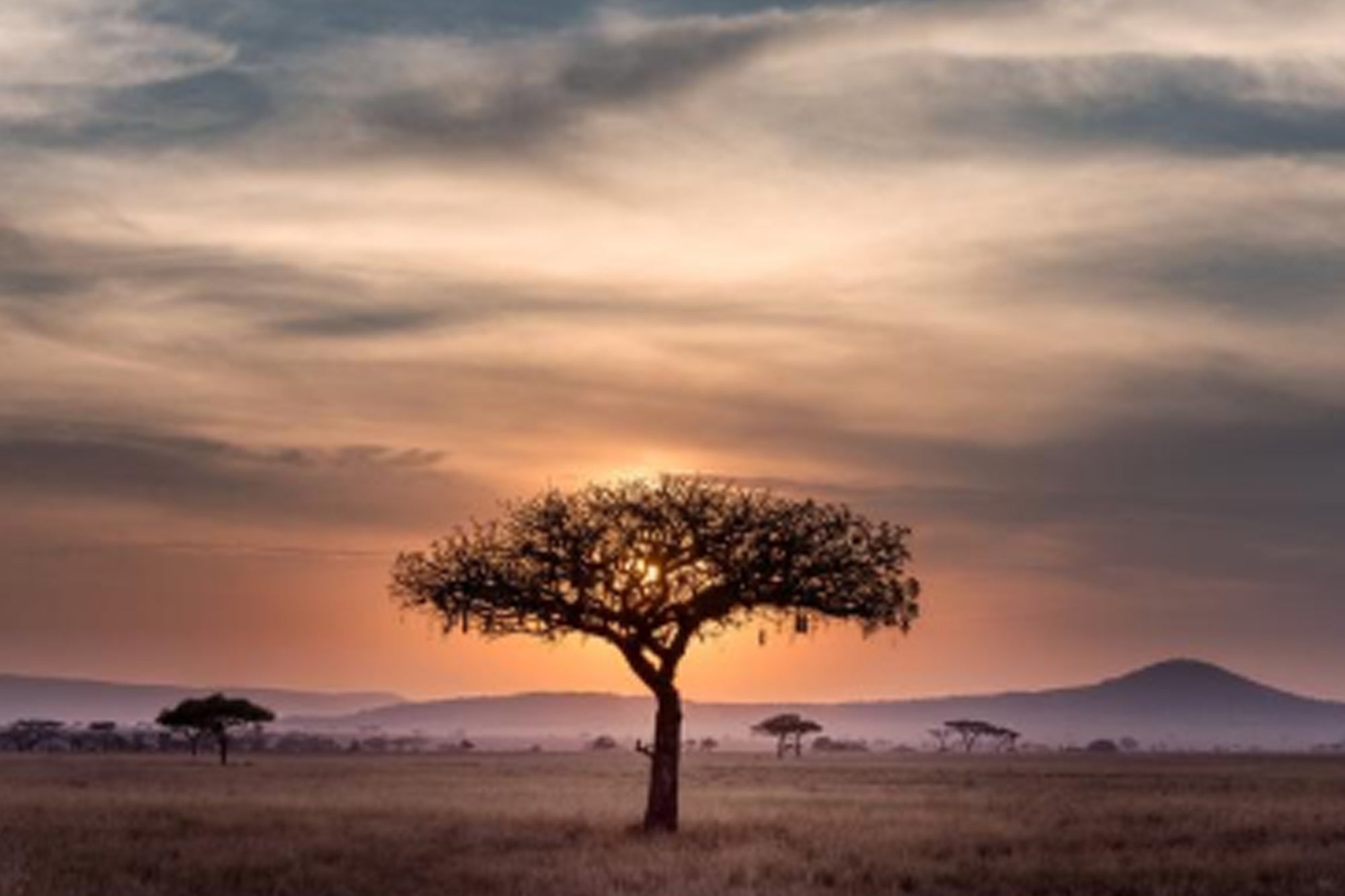DIY South African Safari
June 5, 2018

A safari doesn’t have to be a credit card-scorching bucket-list trip. Your African safari hack? Visit South Africa, where you can explore like a local on a DIY safari. With 21 public reserves run by South African National Parks (SANParks), an English-speaking population and the wide popularity of safari vacations for residents, South Africa is the easiest and safest destination for a DIY safari.

Safari Budget Basics
Don’t skip a DIY Safari because you don’t think you have enough money. Park amenities are designed for South African families, not rich tourists. And the exchange rate is extremely favorable.
- Stop reading right now, go to Kayak, and check the price from your airport of choice to It’s lower than you thought, right? Set up a fare alert.
- Bookmark the currency conversion page for the South African Rand.
- Browse accommodations at Kruger National Park. Yup, you can get a safari “tent” with beds, a fridge and a fan for R646 ($51/night), or upgrade to air conditioning for as little as R797 ($63/night).
Now that you’ve started roughing out your budget, let’s talk destinations. Read on for the lowdown on Kruger National Park, then graduate to Addo Elephant National Park and Kgalagadi Transfrontier Park.

The Big Five at Kruger: Lions, Elephants, Cape Buffalo, Leopards and Rhinos
Krueger National Park is accessible from Phalaborwa, Hoedspruit or Kruger Mpumalanga International Airports, or you can fly into Johannesburg, about 250 miles to the west. Rent a car and drive to the park through one of nine gates.
- At 2.5 million acres the park is huge, literally the size of Wales, so give yourself some time and plan your trip around your priority animals.
- Skukuza is the main camp at Kruger because the Big Five are all found nearby, and you can book accommodations at org.
- Check if your bungalow or safari tent is “self-catering,” meaning that it includes a kitchenette and utensils.
- The main camps are like small towns, with a grocery store, restaurants, laundromat, and a gas station. Pack the stuffable Matador Transit Tote Bag for grocery shopping and organizing snacks for the car.
- Roads are good, so four-wheel drive isn’t necessary.
- You can take great photos and video with your phone, and rent a car with Wi-Fi to upload those photos to Instagram as you go. But if there was ever a trip where you should bring your good camera, this is it. Don’t forget to protect your camera with the Matador Camera Base Layer.
- While you can DIY your whole trip, guided experiences are also available, such as MTB adventures or a bush braai (BBQ).

Get More Remote: Addo Elephant National Park and Kgalagadi Transfrontier Park
Addo Elephant National Park is a more manageable size than Kruger, and you can spend your whole stay at the central Addo Rest Camp. Although you will see fewer of the Big Five, 450 elephants call Addo home, and you will experience fewer traffic jams than in the popular Kruger park. Another bonus: the park is malaria-free.
Kgalagadi Transfrontier Park stretches across the Kalahari from South Africa's Kalahari Gemsbok National Park into Gemsbok National Park of Botswana, a bonus for Botswana fans. Kgalagadi, although still filled with amenities, is not the beginner park that Kruger is. Make sure to rent a four-wheel drive vehicle to handle the difficult terrain and gravel roads, carry 10 liters of emergency water and allow extra time to ensure that you always make it back before dark. Most camps don’t have electricity, and some are unfenced and are considered too hazardous to allow children under 12.

Safari Best-Practices
- Do not ignore any safety instructions. Ever.
- If you stay in your car, make it inside the camp before dusk, and don’t aggravate the animals, this is one of the safest and most exciting trips you can take. If not, Darwin Awards.
- Malaria is an issue at some parks. SANParks provides information on malaria here, and if you are visiting a malarial area pack mosquito-resistant clothing from Craghoppers or ExOfficio. Malaria prevention tablets are a big help; the CDC provides information by country that you can discuss with your doctor.
- You will be getting up before dawn, but don’t worry. South Africans love their coffee, and you can get excellent espresso drinks on the way.
- While most people expect to return with cool local artwork, also plan to bring home delicious, inexpensive South African wine. Consider investing in light, economical bottle carriers from Bottleguardian prior to your trip.
- And speaking of packing, stash the Matador Transit30 Duffle in the corner of your bag so you having enough luggage room for your return flight.

Start planning your DIY African Safari now. You need to watch a herd of elephants drinking water at dawn, and sit fireside as the milky way bedazzles the night sky. Follow basic precautions, keep your head while driving on the opposite side of the road, and your trip won’t be any more difficult than a week in Yosemite.
For this post Matador is indebted to the expertise of Jen McVeay, a race director and ultra-marathon crew chief who has dedicated her life to adventure. If you’re in Hawaii, enter one of Jen’s races at tropicaltriplecrown.com.








0 comments